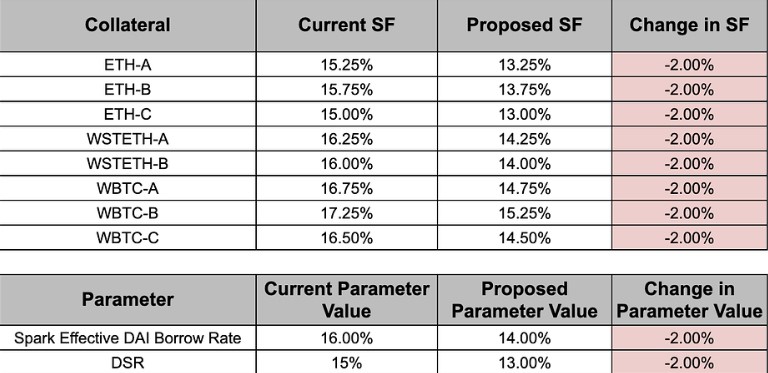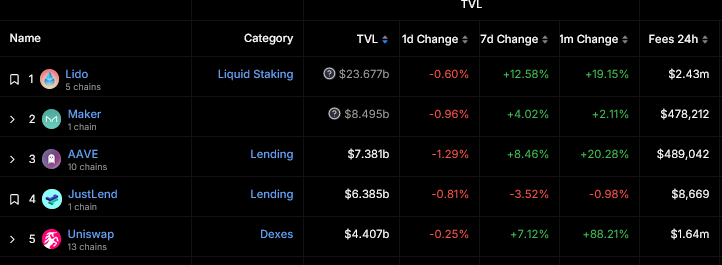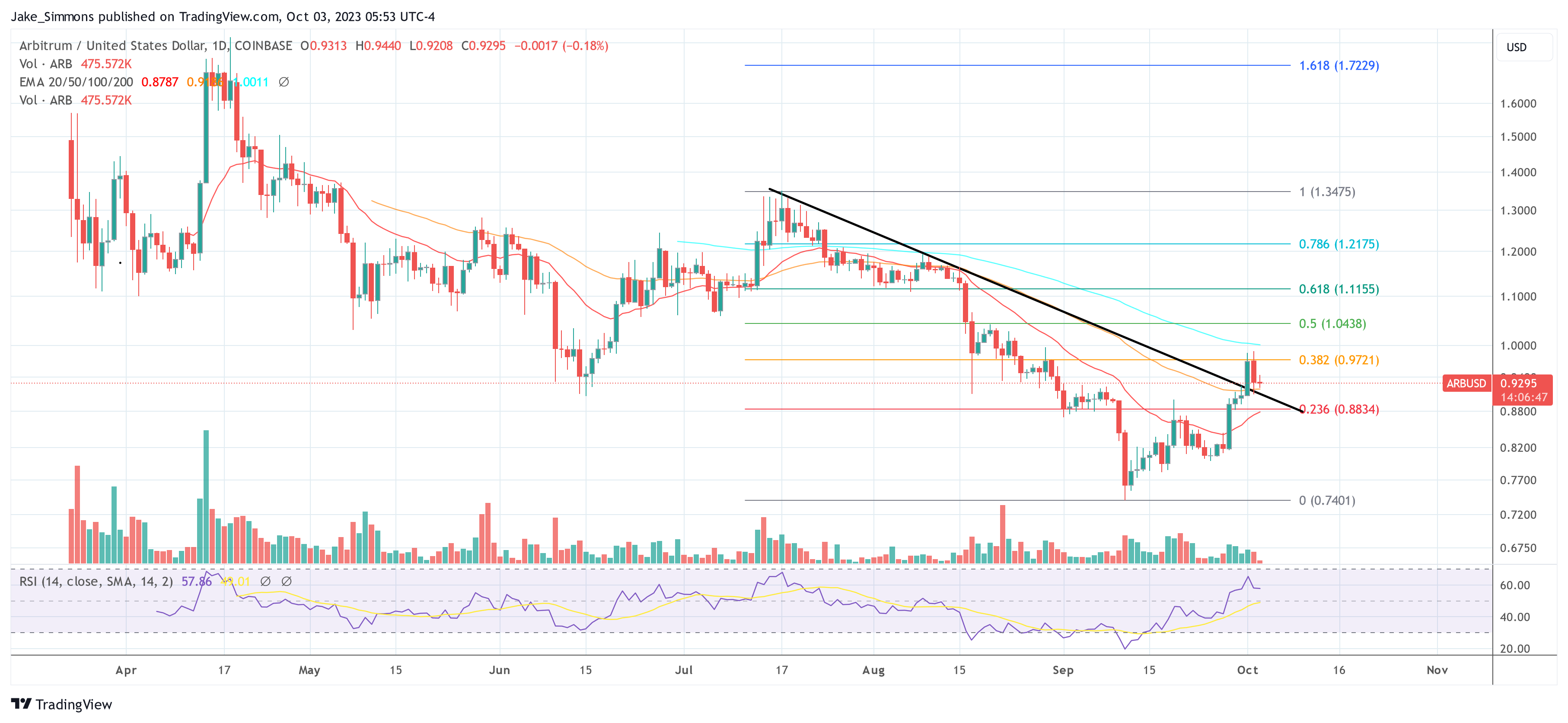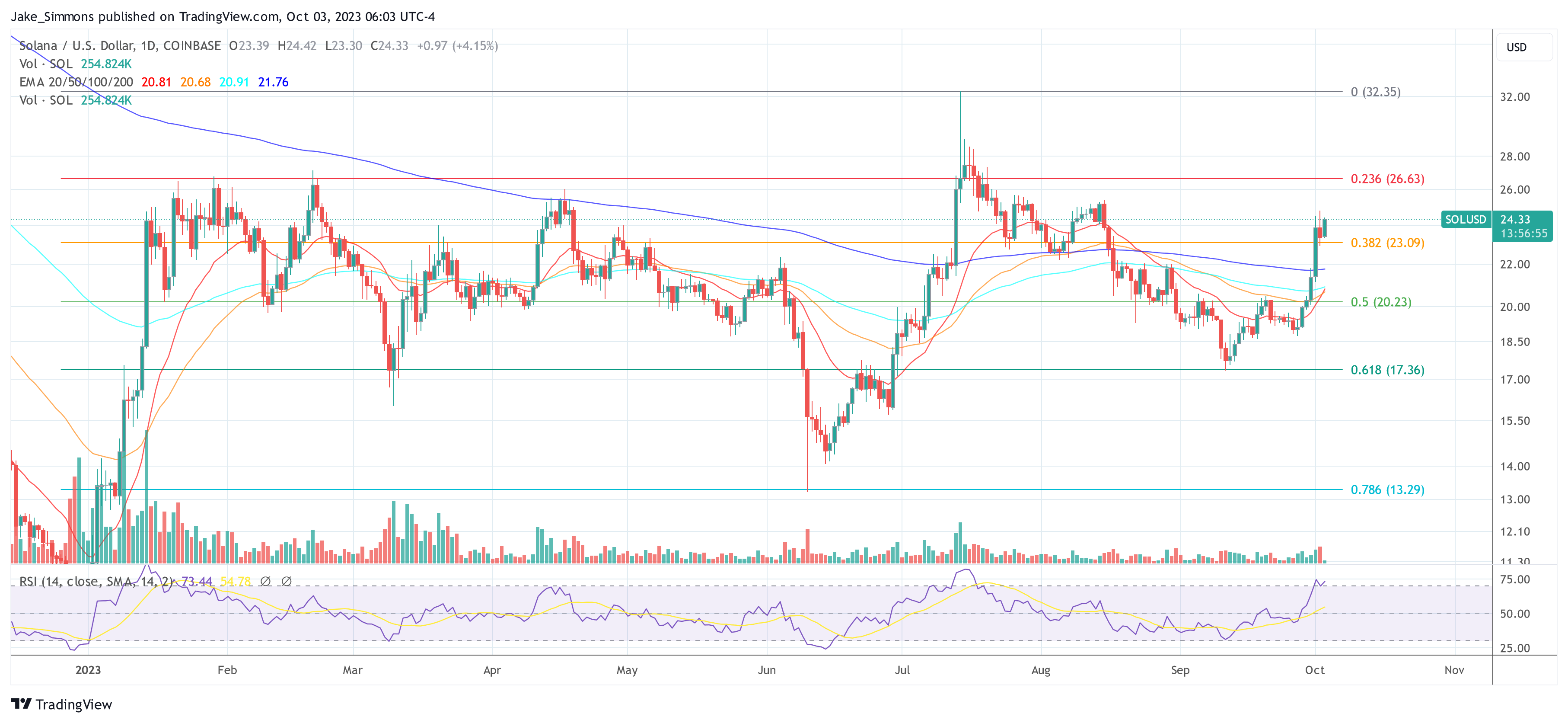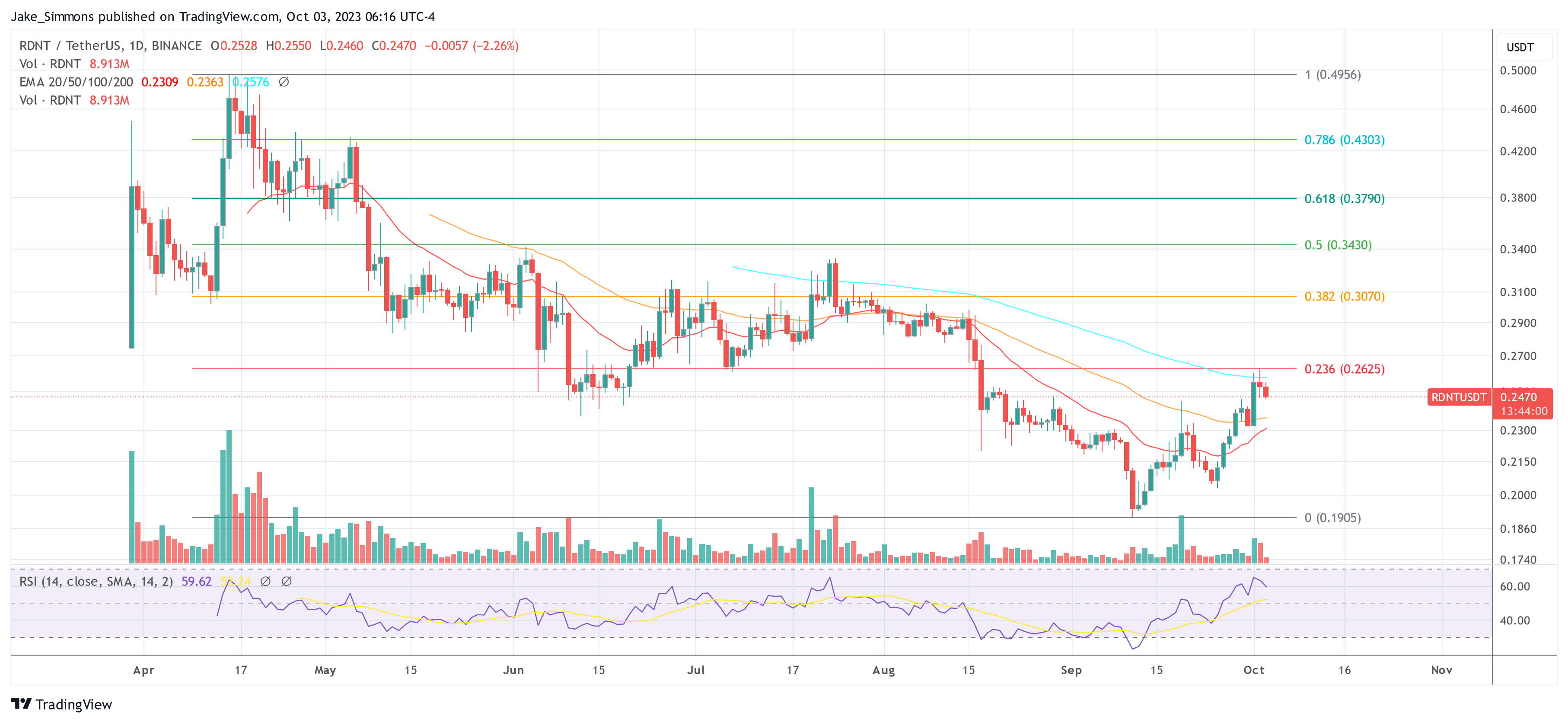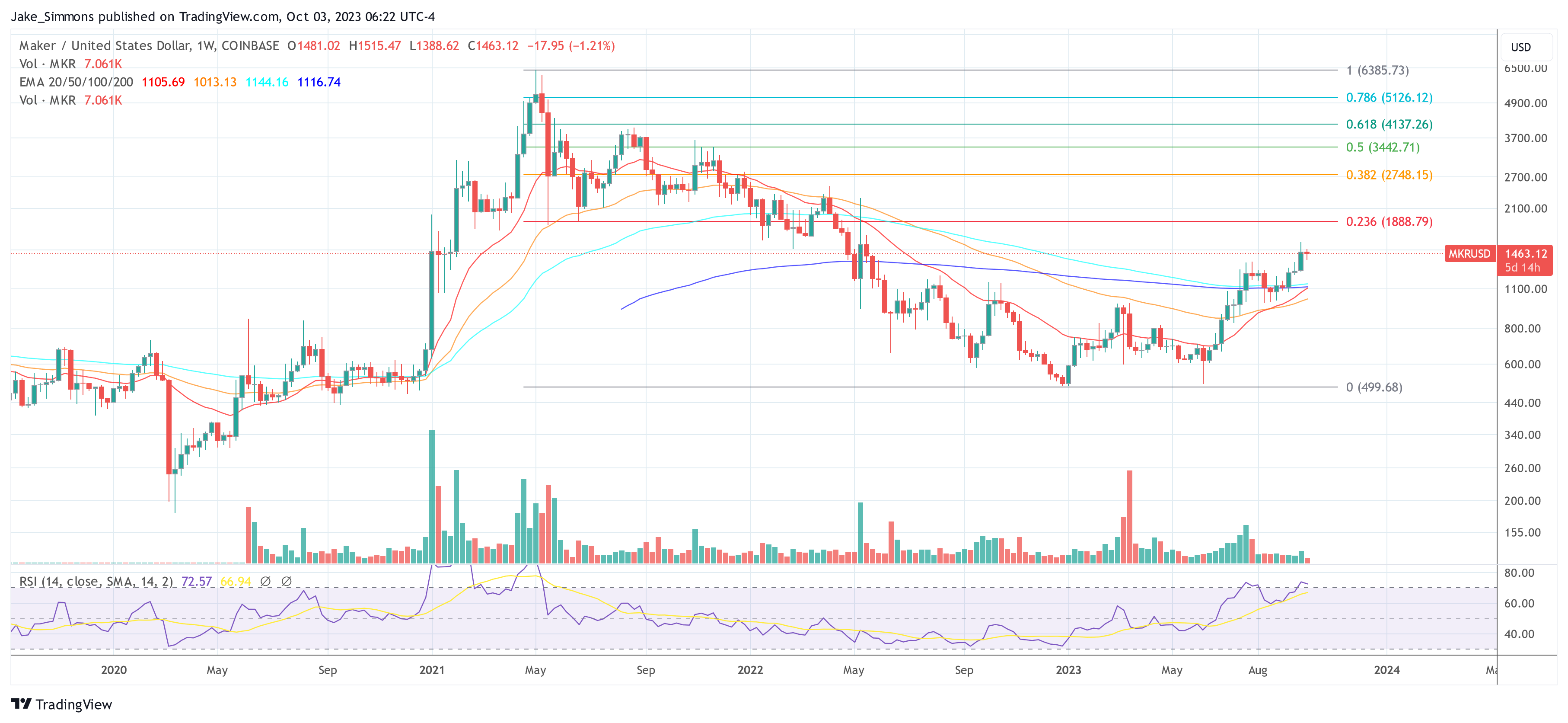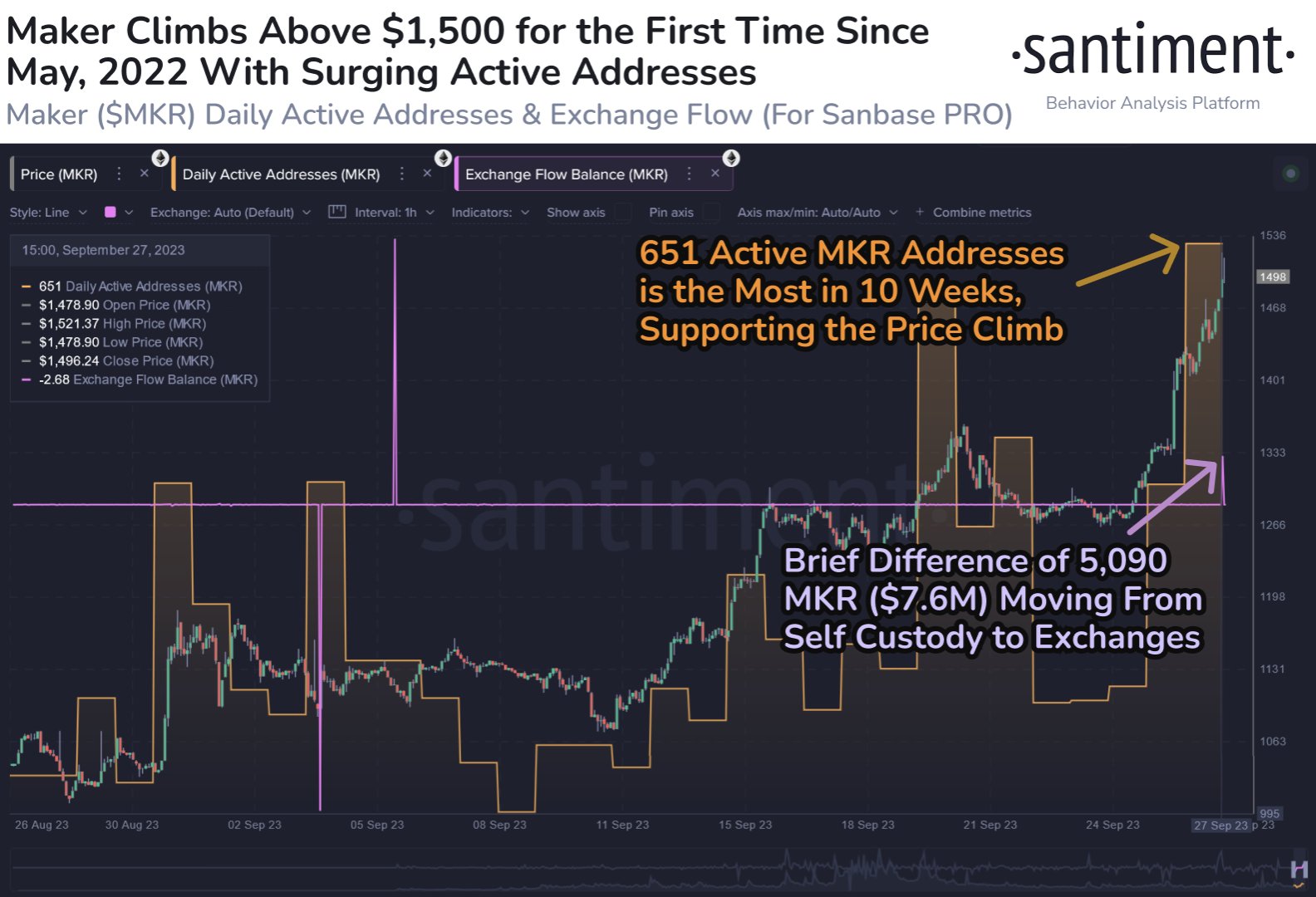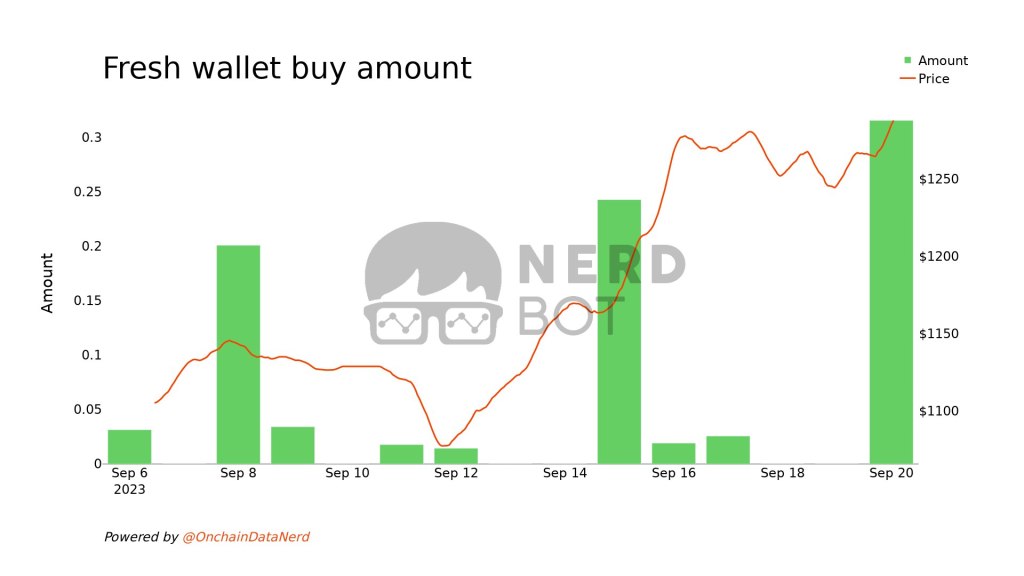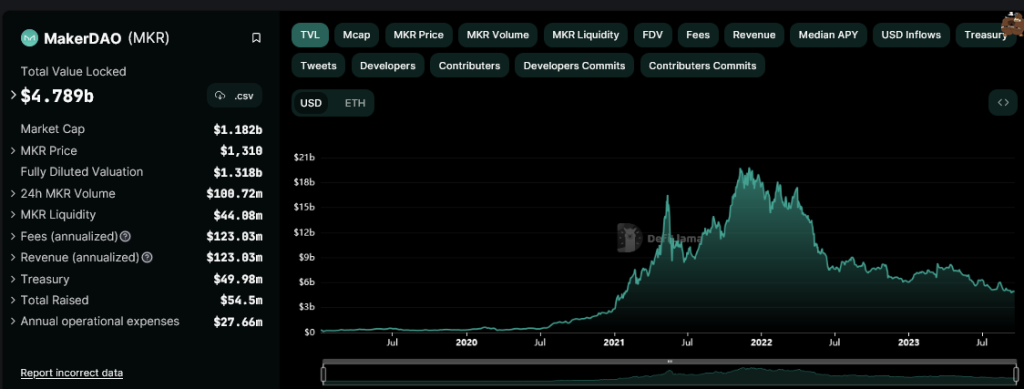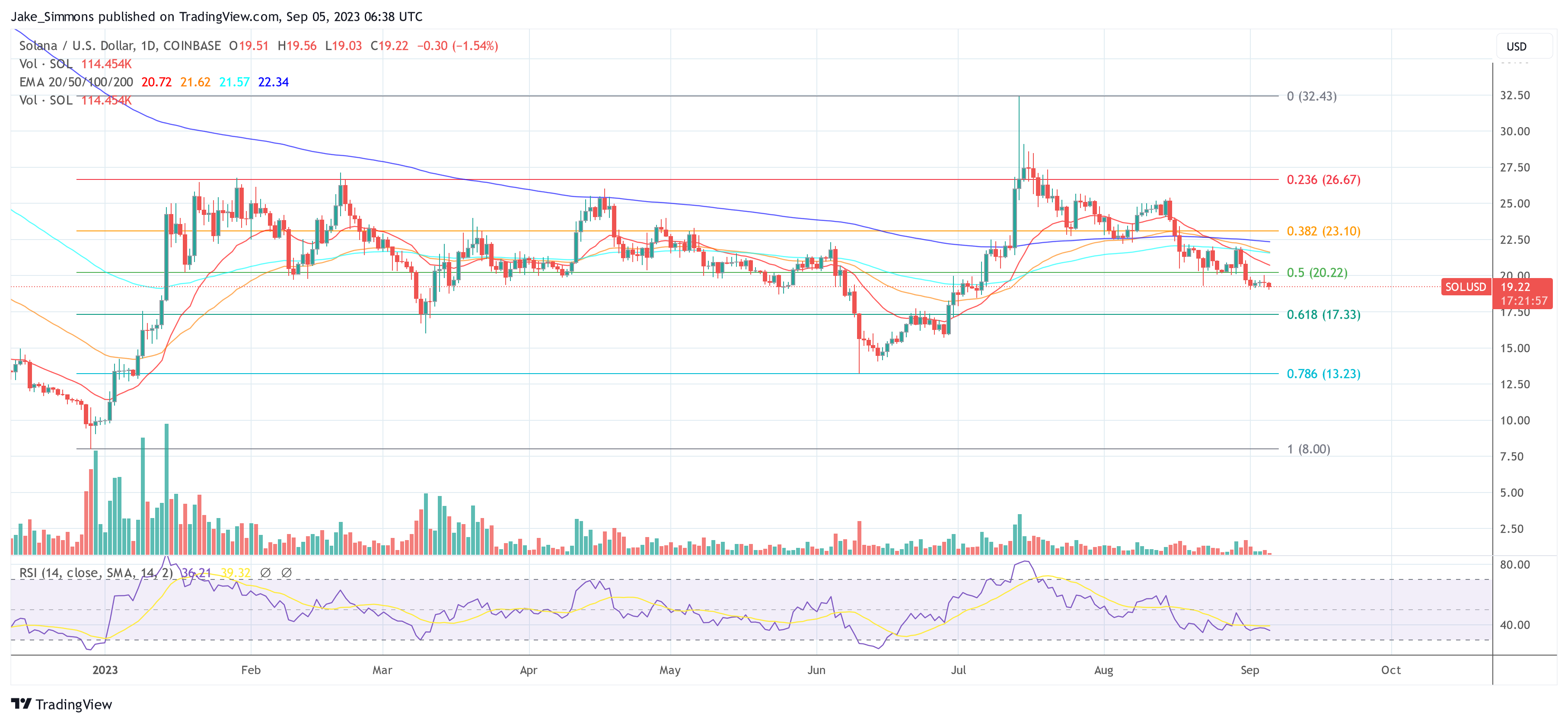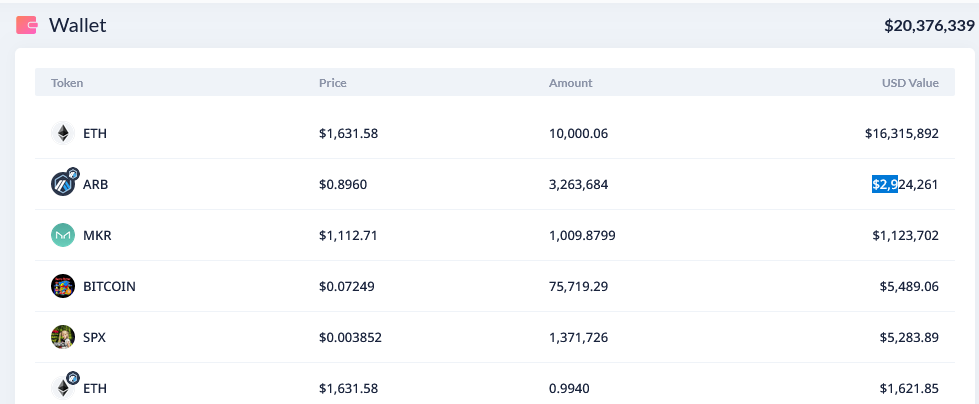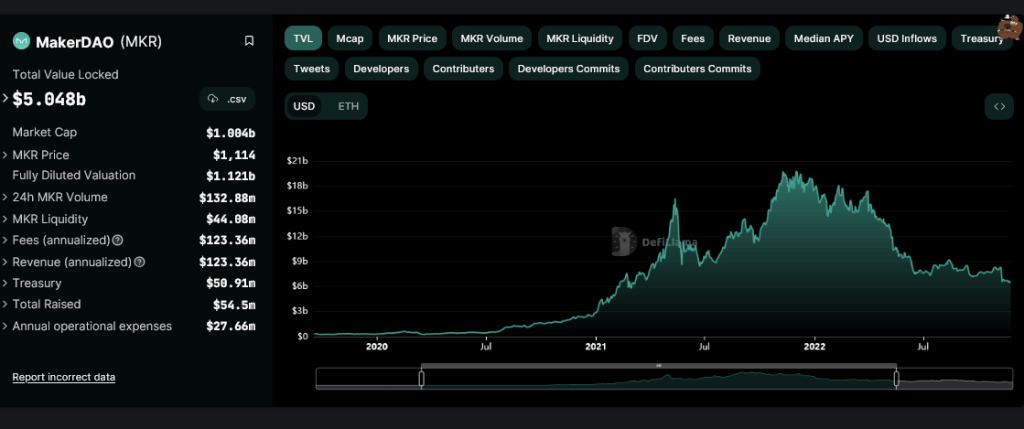Decentralized Finance (DeFi) protocol MakerDAO is considering allocating 600 million DAI stablecoins to the USDe and staked USDe (sUSDe) protocols through the DeFi lending platform Morpho Labs. The proposed allocation aims to improve risk management and maximize user incentives in the DeFi landscape.
MakerDAO Sets Maximum 600 Million DAI Allocation
The Spark DAI Vault, launched in 2023 as a lending platform, experienced strong demand soon after its launch, according to MakerDAO’s announcement on the protocol’s governance forum.
Given the desire to keep liquidity risk at an acceptable level, MakerDAO proposes a greater allocation of DAI to the USDe pools, which can be immediately redeemed via Ethena (ENA), a synthetic dollar protocol developed on the Ethereum blockchain.
This reallocation also allows Ethena to retain a larger revenue share for their insurance fund, potentially improving the overall risk profile of MakerDAO’s Ethena allocation.
Furthermore, MakerDAO recommends focusing future allocations on the 86% and 91.5% Loan-To-Liquidity-Value (LLTV) pools, which have shown “higher efficiency” regarding borrow rates and user demand. While lower LLTV pools, such as the 77% and 94.5% pools, will continue to receive allocations, they will be proportionally lower than the two primary pools.
To mitigate potential insolvency risks and ensure a favorable risk-reward ratio, MakerDAO limits the total allocation to 600 million DAI. However, the Dividend Debt Mechanism (DDM) line parameter is set at 1 billion DAI to provide flexibility for future increases if constraints change.
In addition, MakerDAO recommends marginally increasing the funds deployed in the 77% and 94.5% pools to 10 million DAI each to ensure sufficient pool size for “efficient management of positions” and the calibration of interest rate models.
The recently unveiled Ethena points program for Season 2 introduces a $500 million cap on total eligible collateral for incentives on Morpho. If demand for DAI borrowing through the vault declines after this threshold is reached, the protocol states that Multisig can reduce allocations below $600 million to maintain a balanced supply/demand dynamic and align with expected collateral returns.
MKR Surges To Near Three-Year High
MakerDAO’s native token, MKR, hit a nearly three-year high of $4,074 on Sunday, which is 40% below its current all-time high (ATH) of $6,292 in May 2023. The token has pulled back nearly 2% and is currently trading at $3,717. It is consolidating above its next support level of $3,640.
Despite the retracement, MKR still boasts significant gains over longer time frames. It has posted a 25% gain over the past fourteen days and an impressive 80% gain over the past thirty days.
Demand for MKR tokens is evident as trading volume has increased to $274,659,607 over the past 24 hours, a substantial 40% increase from just one day ago, according to CoinGecko data. In addition, MKR’s market capitalization has seen a remarkable increase of nearly 100% over the past month.
Starting in March with a market cap of $1.8 billion, as of the most recent update on April 2nd, the market cap stands at $3.46 billion. This significant increase underscores the high level of interest in the MakerDAO protocol and its native token.
Featured image from Shutterstock, chart from TradingView.com
